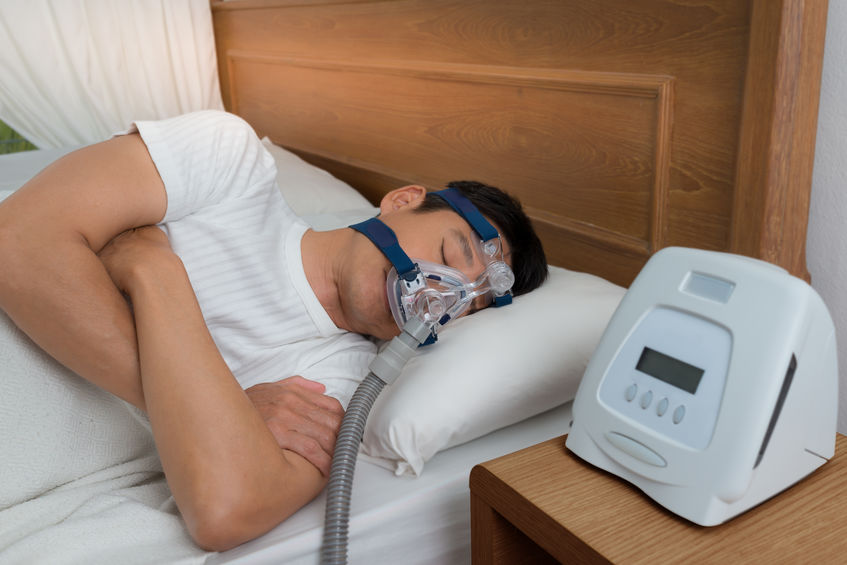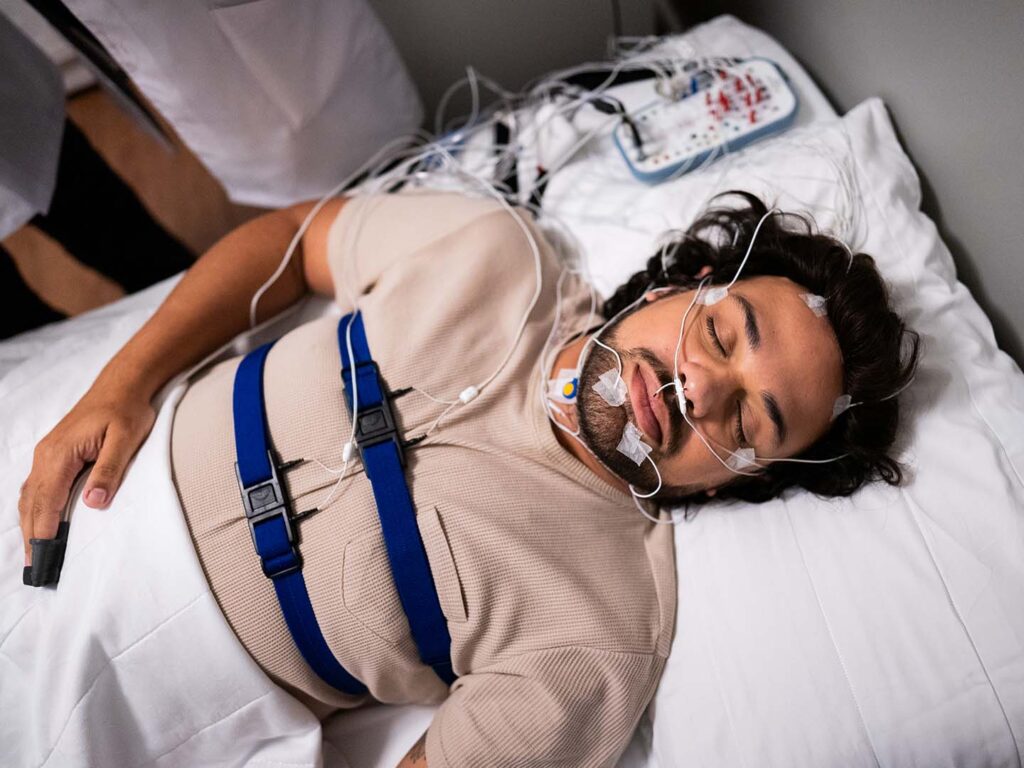Sleep Study Test: What It Involves and When You Might Need One
What Is a Sleep Study Test and How Does It Work? A sleep study test is a comprehensive diagnostic procedure designed to evaluate your sleep patterns and identify potential sleep disorders. This non-invasive medical assessment provides healthcare professionals with detailed insights into what happens to your body during sleep, helping them diagnose conditions that may be disrupting your rest and affecting your overall health. What Is Polysomnography? Polysomnography serves as the gold standard for sleep monitoring, functioning as a sophisticated diagnostic tool that records multiple physiological processes simultaneously throughout the night. This advanced technology transforms what appears to be a simple night’s sleep into a wealth of medical data that can reveal hidden sleep disorders. How Does Polysomnography Work? The polysomnography process utilises an array of sensors strategically placed on your body to capture comprehensive sleep data. These sensors work alongside video and audio monitoring equipment to create a complete picture of your sleep experience. The monitoring system operates silently throughout the night, ensuring your natural sleep patterns remain undisturbed whilst collecting crucial diagnostic information. What Does Polysomnography Monitor? During the study, multiple body systems undergo continuous monitoring: This comprehensive approach enables sleep specialists to identify various sleep disorders and develop targeted treatment plans tailored to your specific needs. Where Can a Sleep Study Be Conducted? You have two primary options when undergoing a sleep study test: an in-lab sleep study at a dedicated sleep center or home-based testing in the comfort of your own bedroom. In-Lab Sleep Studies Sleep centers provide comprehensive monitoring with trained technologists supervising your test throughout the night. These facilities offer: The main limitation involves sleeping in an unfamiliar environment, which may affect your natural sleep patterns and potentially impact test accuracy. Home Sleep Studies Home sleep study options allow you to undergo testing in your familiar sleeping environment. Benefits include: However, home-based testing provides limited monitoring capabilities compared to laboratory studies. You won’t have technical support available during the night, and the equipment typically monitors fewer body systems, making it less suitable for diagnosing complex sleep disorders beyond sleep apnea. How Should You Prepare for an In-Lab Sleep Study? Preparing for a sleep study involves specific actions you need to take to ensure the test results are accurate and the sensors are placed correctly. The sleep centre will give you detailed instructions before the test that you must follow closely in the days leading up to your appointment. Personal Care Guidelines Hygiene guidelines are crucial for successful sensor attachment. Here’s what you should avoid using: Make sure to wash your hair with regular shampoo the night before your study, and skip any conditioning treatments that might create a barrier between sensors and your scalp. Dietary Restrictions You need to be careful about your caffeine and alcohol consumption before the test. Here’s what you should do: These preparation steps are important because they ensure the monitoring equipment works properly and accurately captures your usual sleep behaviour. What Happens During a Sleep Study Test? When you arrive at the sleep centre for your Sleep Study Test: What It Involves and When You Might Need One, a trained technician will guide you through the sensor attachment process. This typically begins 1-2 hours before your usual bedtime to allow adequate preparation time. The technician will carefully place multiple sensors on your body using adhesive tape and specialised gel. You’ll have electrodes attached to your scalp to monitor brain waves, sensors near your eyes to track eye movements, and electrodes on your chest to record heart activity. Breathing sensors are positioned around your nose and mouth, while elastic belts wrap around your chest and abdomen to measure respiratory effort. A small clip on your finger monitors oxygen levels throughout the night. During overnight monitoring, sleep centre staff continuously observe your sleep patterns through video cameras and monitor the data streams from all sensors. The technicians remain awake throughout the night, watching for any technical issues with equipment and ensuring your safety and comfort. They can communicate with you through an intercom system if needed and will wake you in the morning to remove the sensors, completing your patient experience. What Data Is Collected During a Sleep Study and How Is It Analyzed? Your sleep study generates comprehensive data across multiple body systems throughout the night. The polysomnography equipment records detailed information about your sleep stages analysis, tracking the progression through different phases of sleep including light sleep (N1), deep sleep (N2), slow-wave sleep (N3), and REM sleep. Each stage reveals distinct brainwave patterns that help specialists understand your sleep architecture. Breathing patterns receive particular attention during data collection. The sensors monitor: Apnea events detection occurs when the analysis reveals interruptions in breathing lasting ten seconds or longer. These events are categorised as obstructive, central, or mixed apneas, with each type indicating different underlying causes. Limb movement tracking captures involuntary leg movements, arm movements, and position changes throughout the night. This data helps identify conditions like restless leg syndrome or periodic limb movement disorder. Sleep technologists and physicians analyse this multi-layered data to create a comprehensive picture of your sleep quality and identify specific disorders requiring treatment. What Are the Common Conditions Diagnosed Through Sleep Studies? Sleep studies are powerful tools used to diagnose various sleep disorders that can greatly affect your quality of life. Here are some of the most common conditions diagnosed through sleep studies: 1. Obstructive Sleep Apnea Obstructive sleep apnea is the most commonly diagnosed condition. It is characterised by repeated breathing interruptions during sleep caused by blockages in the airway. The data collected from the sleep study, known as polysomnography, reveals these apnea events through drops in oxygen levels and disruptions in breathing patterns. 2. Periodic Limb Movement Disorder Another common finding is periodic limb movement disorder. This condition involves involuntary leg movements during sleep that lead to fragmented sleep. The sensors used in the study detect these repetitive muscle contractions, which often go unnoticed by patients but significantly disrupt the normal structure of


